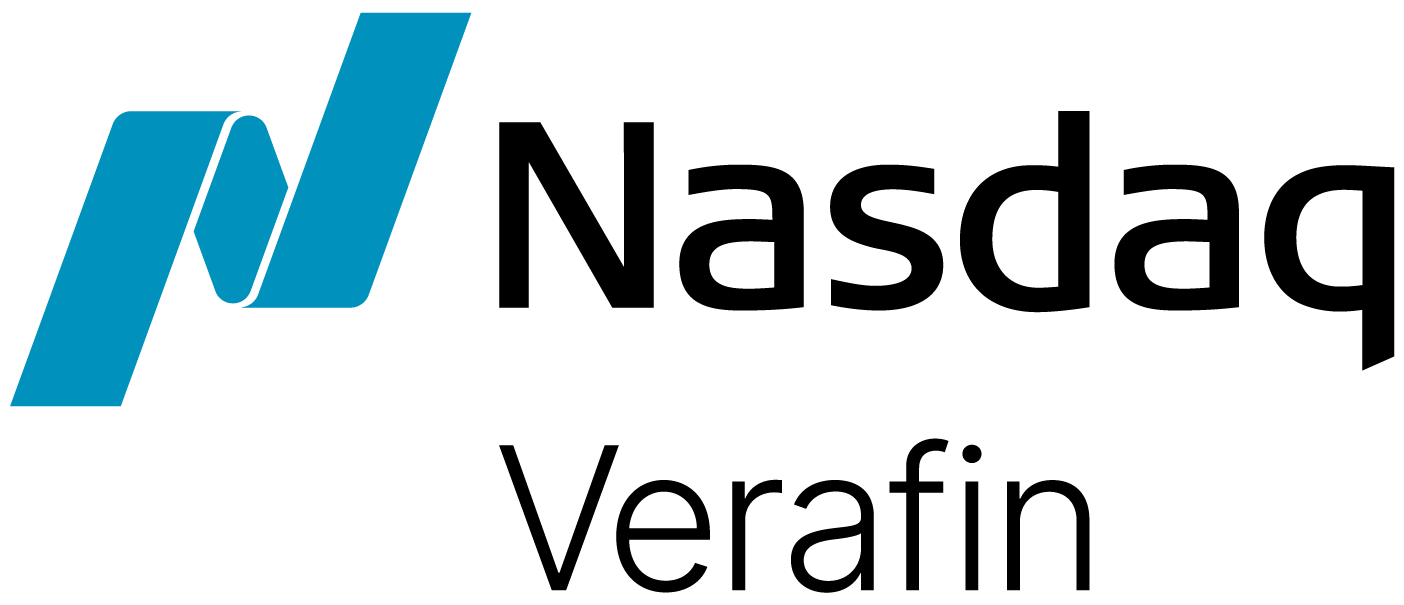The landscape of anti-money laundering and combating the financing of terrorism (AML/CFT) continues to evolve at a rapid pace. Money laundering and its associated financial crimes are estimated at over $3.1 trillion globally — and these crimes have significant impacts on victims and U.S. economic growth and productivity.
In our recent year-end webinar, Nasdaq Verafin’s industry experts discussed the evolving landscape of financial crime and how it is changing the AML landscape. Examining new regulatory frameworks, generative AI’s use in AML/CFT programs, targeted predicate crime detection, and information sharing, presenters outlined how financial institutions can prepare for the challenges of 2025 and beyond.
New Regulations: A Global Shift Towards Risk-Based Approaches
Over the past year, the United States, European Union, and Canada have advanced reforms to strengthen AML/CFT processes. These reforms are characterized by a shift towards more risk-based approaches to uncovering financial crime, broader jurisdictional alignment under a single AML rulebook, and aims for increased information sharing and collaboration among financial institutions.
In a notable step forward for U.S. institutions, FinCEN issued a Notice of Proposed Rulemaking (NPRM) with the intent of furthering the purpose of the Anti-Money Laundering Act of 2020. The NPRM:
- Provides a new statement of purpose to ensure that a financial institution implements an effective, risk-based, and reasonably designed AML/CFT program.
- Requires financial institutions to establish a risk assessment process to serve as the basis of the AML/CFT program.
- Encourages technological innovation and supports financial institutions in effectively innovating, testing, and adopting new technologies and approaches.
Faced with the dual challenges of new complex crimes and stronger regulatory expectations, financial institutions need to evolve and respond with effective technological and strategic approaches to AML/CFT programs. These priorities will be a significant focus for 2025.
Generative AI: A Technological Arms Race
Generative AI has emerged as a powerful tool for financial institutions to maximize efficiency but also presents challenges when placed in the wrong hands. Bad actors are leveraging advancements in generative AI to grow their criminal activities. As outlined in our webinar, the creation of shell companies, once a labor-intensive process, can now be automated and scaled using generative AI. This technology enables criminals to execute complex schemes more efficiently, posing a significant threat to financial institutions.
In the right hands, generative AI is a boon for financial institutions, especially in a time when the sheer amount of information needed for an investigation can be prohibitive in successfully uncovering a crime. Capable of understanding unstructured, qualitative data, deciphering sentiment from text, and accurately inferring meaning, generative AI models are ideal for copilot tools that can collate many data sources into a single investigative narrative. This includes:
- Web search results
- Negative news searches
- Check images
- Loan documentation
- ATM footage
- Branch security footage
- Social media
- Prior investigation documentation from alerts, cases, SARs
Generative AI can also complement investigator expertise and accelerate existing processes, allowing AML/CFT investigations to transition from alert to law enforcement in a timely and comprehensive manner.
Predicate Crimes: The Need for Effective Detection
Billions of dollars from drug trafficking, human trafficking, terrorist financing, and other predicate crimes are feeding the world’s $3.1 trillion financial crime epidemic. These predicate crimes drive money laundering, and conventional approaches to detecting these illicit activities are proving ineffective.
Traditional transaction monitoring takes a singular approach to uncovering criminal activity that is not designed to account for the distinctive indicators of each predicate crime. This approach leads to excessive false positives, long investigation processes, and increased costs and time for financial institutions. The world’s multi-trillion-dollar financial crime problem cannot be tempered by this status quo.
By embracing a targeted approach to detection that focuses on the specific red flags, upstream indicators and the unique fingerprints of predicate crimes, financial institutions can uncover these illicit activities with precision. In 2025, this could prove crucial as FinCEN’s NPRM moves to “explicitly require that [a financial institution’s AML/CFT program] be effective, risk-based, and reasonably designed.”
Information Sharing: Embracing Collaboration
Criminal activity is not confined to specific geographic regions or financial institutions. The interconnected nature of the financial system allows criminals to exploit vulnerabilities across borders, state lines, and financial institutions — but also presents opportunities for institutions to work together against illicit activity.
Recent reforms in major jurisdictions, such as Canada and the European Union, highlight the global trend towards greater collaboration and complement Section 314(b) of the USA PATRIOT Act. These reforms facilitate better coordination among financial institutions, enabling them to uncover financial crimes more effectively.
For AML investigators, leveraging information sharing frameworks and tools will be essential to combat financial crime and protect the integrity of the financial system. In the year ahead, these approaches will only become more important.
Navigating 2025: Scaling AML/CFT Compliance Programs
The future of AML/CFT is being shaped by new regulations, advancements in generative AI, and the persistent threat of predicate crimes. By focusing on automation while embracing targeted approaches to detection and collaboration, investigators can concentrate on stopping serious crimes like human trafficking, terrorist financing, and fraud.
Navigating 2025 hinges on the ability to rapidly scale AML/CFT compliance programs with evolving regulatory requirements to meet criminals head on.
For more insights, watch our AML Trends and Technology webinar.


